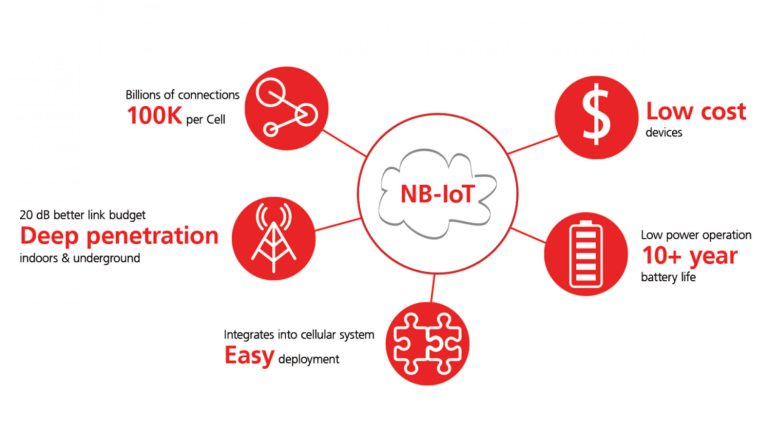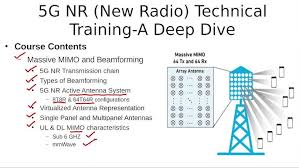LTE vs. 5G: Key Differences and What You Need to Know
telcomatraining.com – As technology evolves, mobile network connectivity has significantly improved over the years. LTE (Long-Term Evolution) has been a dominant force in mobile networks, but 5G is rapidly gaining ground as the next big thing. Understanding the differences between LTE and 5G is crucial for consumers and businesses looking to upgrade their connectivity. This article explores the key differences between LTE and 5G, highlighting their benefits, limitations, and real-world applications.
What is LTE?
LTE, or Long-Term Evolution, is a 4G wireless communication standard designed to offer faster speeds and better reliability than its predecessor, 3G. LTE provides:
- Higher data speeds: Speeds can reach up to 100 Mbps in ideal conditions.
- Low latency: LTE reduces latency to around 50 milliseconds, making mobile browsing and streaming more efficient.
- Improved spectrum efficiency: LTE optimizes the use of available bandwidth, providing better coverage and capacity.
Despite its advantages, LTE has limitations in handling the growing demand for data-intensive applications such as virtual reality (VR) and autonomous vehicles.
What is 5G?
5G, the fifth-generation mobile network, is designed to deliver ultra-fast speeds, extremely low latency, and massive device connectivity. Some of its key features include:
- Faster speeds: 5G can deliver speeds up to 10 Gbps, significantly surpassing LTE.
- Ultra-low latency: Latency can be as low as 1 millisecond, ideal for applications like real-time gaming and remote surgery.
- Increased capacity: 5G supports more devices per square kilometer, making it ideal for smart cities and IoT (Internet of Things) applications.
- Better efficiency: 5G networks consume less power per bit of data, improving battery life for connected devices.
Key Differences Between LTE and 5G
1. Speed and Bandwidth
The most notable difference is speed. While LTE can reach up to 100 Mbps, 5G offers speeds exceeding 10 Gbps, making it up to 100 times faster than LTE. This enhanced speed allows for seamless streaming, faster downloads, and better performance for high-bandwidth applications.
2. Latency
LTE networks have an average latency of 50 milliseconds, whereas 5G can achieve latency as low as 1 millisecond. This difference is crucial for applications requiring real-time interactions, such as autonomous vehicles, remote surgeries, and augmented reality (AR) experiences.
3. Network Capacity
5G supports a significantly higher number of connected devices compared to LTE. This makes 5G essential for the growing number of IoT devices, such as smart home appliances, industrial automation, and connected vehicles.
4. Infrastructure and Coverage
LTE networks are widely available globally, offering strong coverage even in rural areas. In contrast, 5G is still in the early stages of deployment and requires a denser network of small cell towers to provide optimal performance. While urban areas are seeing rapid 5G expansion, rural coverage remains limited.
5. Energy Efficiency
5G networks are designed to be more energy-efficient, consuming less power per unit of data transmitted. This results in lower operational costs for network providers and longer battery life for connected devices.
Real-World Applications
Where LTE Still Holds Strong
- Rural areas: LTE is more widely available and remains a reliable option for users outside urban centers.
- Standard mobile usage: LTE is sufficient for activities like web browsing, social media, and video streaming at standard resolutions.
- Affordability: LTE plans and compatible devices are generally more affordable than 5G options.
Why 5G is the Future
- Smart cities and IoT: 5G’s ability to handle more connected devices is crucial for the development of smart homes, cities, and industries.
- Autonomous vehicles: The low latency and high-speed connectivity of 5G enable safer and more efficient self-driving cars.
- Healthcare advancements: 5G supports remote surgeries and telemedicine applications, improving healthcare accessibility.
Conclusion
Both LTE and 5G offer impressive connectivity, but 5G represents the future of mobile networks with its ultra-fast speeds, low latency, and enhanced capacity. However, LTE remains a reliable and accessible option for many users, especially in areas where 5G infrastructure is still developing. As 5G continues to expand, it will unlock new possibilities across various industries, revolutionizing how we connect and interact with technology.







